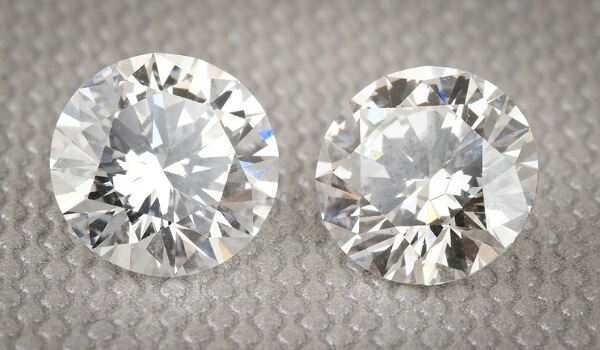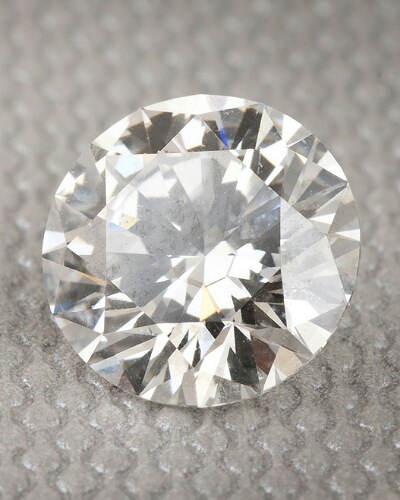Lab-grown diamonds: what they are and know their benefits and pitfalls!
- The newer generation likes diamonds but prefers lab-grown diamonds over mixed diamonds due to environmental and humanitarian reasons
- So what are lab-grown diamonds and how are they better than the mined gems?
The rise in demand for lab-grown diamonds
Millennials and the Generation Z people are the man purchasers of diamonds in the form of engagement rings and other jewelry. But they are moving away from the conventional diamonds.
They are going for guilt-free gems and hence lab-grown diamonds to avoid environmental and humanitarian problems. Nearly 70% of Millennials prefer them to the mined diamonds.

Many celebrities are also going for these special gems. Meghan Markle also was seen wearing earrings studded with diamonds that were grown in the lab.
Kimaï company based in Antwerp in Belgium made those diamonds and its co-founder Sidney Neuhaus revealed that they were made in five days.
What are lab-grown diamonds?
A lab-grown diamond is a diamond in the true sense of the word. It is not a misnomer and physically, chemically, and optically it is like a mined diamond.
The natural diamonds became so when the crushing pressure and immense heat of the Earth’s mantle around 100 miles underneath the surface forged them. The date was 1 bn to 3 bn years ago. And at that time, the earth was hotter.
Lab-grown diamonds are also made using intense pressure and heat. But these are generated in a special machine for the purpose.

Two methods of growing diamonds
There are two ways to grow the diamonds in the lab. It starts with the seed which is a small part of another diamond. In the first method which is called High-Pressure High Temperature (HPHT), the seed is kept with some amount of pure graphite carbon. 1.5 million pounds per square inch of pressure is applied and temperatures of about 1500C are given to produce the diamond.
In method 2, Carbon Vapor Deposition (CVD), the seed is placed in a sealed chamber. Carbon-rich gas is passed through it and heat of around 800C is applied. Gradually, a diamond is formed.
Advantages and pitfalls of diamonds grown in a lab

The technology has advanced to the extent that cheap and high-quality diamonds can be produced rapidly. The cost of making the diamond in the lab has come down almost ten times. Additionally, carbon emissions and water source pollution are less.
Besides, diamond mining endangers the habitats of wildlife and fish. But lab-growing of diamonds also produces more greenhouse gas emissions.
Click to read on Men to deserve engagement rings! Athlete Lindsey Vonn proposes to her fiance P.K.Subban!
In mining, there exists also the working of laborers under unsafe conditions and for low wages. These human rights abuses are avoided with lab-grown diamonds. But jobs can be lost in the latter.
Click the link to gain an insight into Emily Weiss and her boyfriend Will Gaybrick are engaged thanks to coronavirus!
Source: BBC

